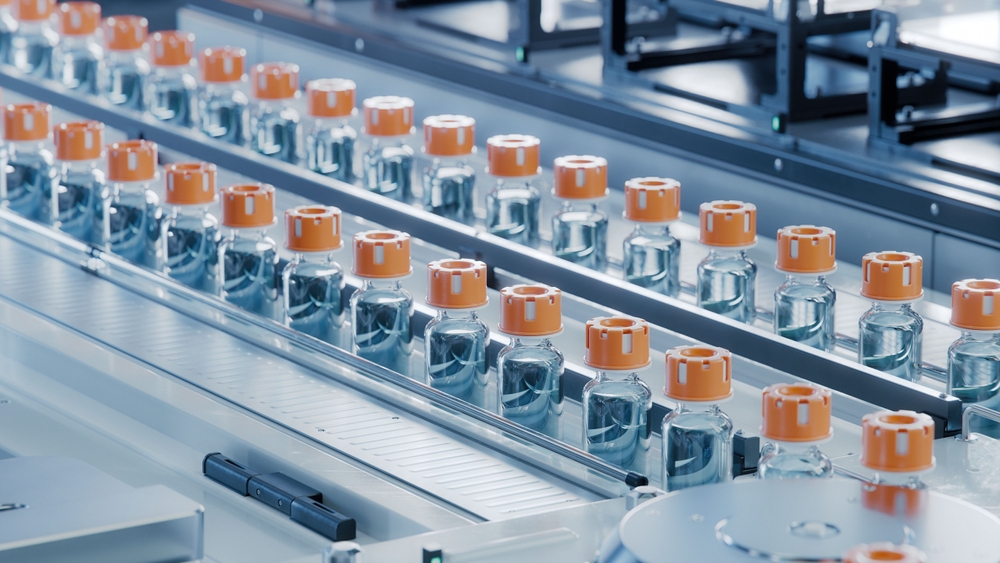The Day Biotech Derailed a Household Brand’s Go-to-Market Plan
In late 2024, a global CPG giant delayed its launch of a plant-based skincare line in Europe. The reason? A small synthetic biology startup had already partnered with two regional retailers, offering lab-grown ingredients with superior efficacy and sustainability claims—at 20% lower cost. What shocked the company wasn’t the science—it was the blind spot. This disruptor had never appeared on their competitor watchlist.
The message was clear: the traditional CPG supply chain is no longer just competing with its peers—it’s under siege from a wave of biotech-driven challengers that look nothing like conventional FMCG players.
So, how do CPG leaders anticipate disruption from unfamiliar players? How do they move from legacy watchlists to dynamic intelligence that includes startups, R&D spin-offs, and cross-sector innovators?
Why Synthetic Biology Is Reshaping the Competitive Landscape
Synthetic biology startups are pioneering lab-grown proteins, precision fermentation, and cellular agriculture at a scale. From flavor compounds and natural pigments to active ingredients in personal care, they’re offering cost-effective, sustainable alternatives that appeal to both regulators and consumers.
Key trends include:
- Microbial fermentation replacing traditional raw material sourcing
- Biotech partners forming exclusive supply chain deals with niche D2C brands
- Startups vertically integrating R&D, manufacturing, and IP control
But these players don’t show up in typical competitor benchmarking tools or market share reports. They operate in white spaces.
Mapping the New Terrain: Building a Future-Ready Competitive Landscape
To navigate this shift, progressive CPG firms are rethinking how they define and analyze competitors. They start by developing a deep understanding of the expanded landscape—one that includes:
- Company overviews of non-traditional entrants in biotech, food tech, and beauty tech
- Detailed product mappings of lab-grown vs. plant-derived vs. traditional formulations
- Market segmentation based on ingredient type, regulatory certifications, and go-to-market strategies
- Benchmarking business performance, including turnover, growth rates, and profitability per employee
- Competitor ranking frameworks that assess IP portfolio strength, supply chain maturity, and B2B partnership traction
This kind of analysis is no longer optional—it’s essential for preventing strategic blind spots.
Going Beyond the Obvious: Deep Dives into Unfamiliar Competitors
Traditional market share data won’t help when your most disruptive competitor is a stealth-mode startup licensing bioengineered compounds to half a dozen regional brands. Leading firms are commissioning in-depth profiles on select biotech entrants to examine:
- Business models and funding timelines
- Strategic roadmaps and partnership networks
- Management team backgrounds (e.g., pharma, life sciences, synthetic biology PhDs)
- IP and manufacturing scale-up capabilities
- Early adopter customer base
One personal care major recently uncovered a biotech supplier’s plans to shift from ingredient provider to branded product player—18 months before it launched—by decoding hiring patterns and lab expansion announcements.
Continuous Monitoring: From Lab Bench to Market Shelf
Disruption isn’t a one-off—it’s a continuum. Smart CPG supply chain leaders are investing in continuous, theme-based monitoring, customized to their category’s risk and opportunity profile. This includes:
- Tracking patent filings in biosynthetic ingredient categories
- Monitoring joint ventures between biotechs and mid-sized CPG players
- Flagging regulatory submissions for novel ingredients
- Analyzing capex movements and facility registrations in bio-manufacturing hubs
- Following niche trade shows, scientific journals, and startup pitch events
For example, a food manufacturer avoided entering into a supply agreement with a synthetic vanillin startup once intelligence revealed questionable yield rates in pilot-scale runs—information buried in a failed EU grant submission.
Acting on Signals, Not Just Data
The goal isn’t to gather more data. It’s to deliver the right insights at the right time—and feed them into decision-making processes across product development, procurement, and partnerships.
When CPG supply chain companies:
- Act on real-time signals from biotech and synthetic biology ecosystems
- Benchmark unfamiliar competitors with the same rigor as legacy players
- Customize their monitoring around strategic priorities, markets, and themes
they move from reactive to proactive—intercepting threats before they mature and partnering with innovators ahead of the pack.
Final Takeaway: The Next Competitor Might Be Growing in a Bioreactor
Synthetic biology isn’t just a sourcing shift—it’s a competitive paradigm change. To stay relevant, CPG supply chain leaders must recognize that the next ingredient disruptor won’t look like a traditional supplier—it’ll look like a science lab.
And those who win in this new era won’t be the ones with the biggest brands. They’ll be the ones with the clearest view of the competitive horizon.
Need help decoding the biotech challengers shaping your category? Cognition delivers competitive intelligence reports and ongoing monitoring tailored to the synthetic biology threat in CPG supply chain domain. From mapping new entrants to deep-diving on high-risk disruptors, we help you see—and act on—what others miss.
Let’s talk about building your next competitive edge.






 Hi, This is Emma. Let’s get the conversation started!
Hi, This is Emma. Let’s get the conversation started!